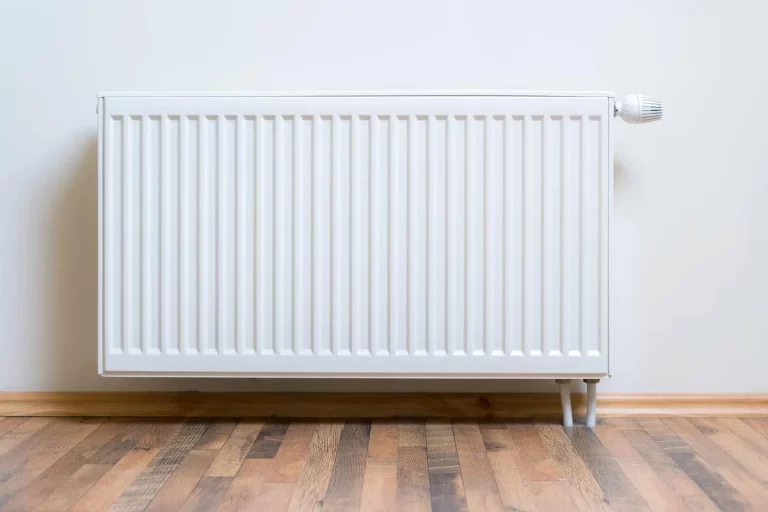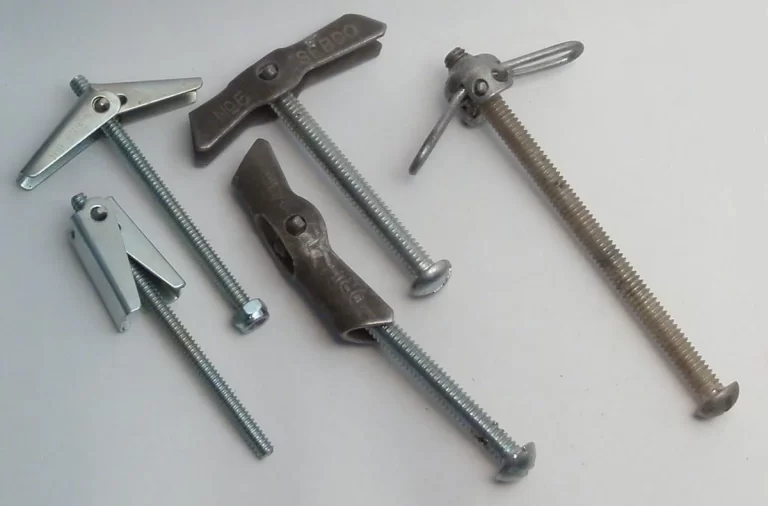What Materials Can Be Used to Insulate a House? Fiberglass
What materials can be used to insulate a house? Discover the best materials to insulate your house for maximum comfort and energy efficiency. This comprehensive guide explores various insulation options, their benefits, and how they can help you save on utility bills.

What Materials Can Be Used to Insulate a House?
When it comes to insulating your house, you have a wide array of materials to choose from. Each material comes with its unique set of benefits and applications, so let’s explore some of the most popular ones.
1. Fiberglass Insulation
Fiberglass insulation is one of the most common and widely used materials for insulating homes. It is made of tiny glass fibers, providing excellent thermal performance and soundproofing capabilities.
This versatile insulation material can be installed as batts, rolls, or blown-in, making it suitable for various areas, including walls, attics, and floors.
2. Cellulose Insulation
Made from recycled paper products treated with fire-retardant chemicals, cellulose insulation is an eco-friendly choice for insulating your home.
It offers effective thermal insulation and helps reduce noise transmission. Cellulose insulation can be blown into wall cavities and attics, conforming to irregular spaces and creating a seamless barrier against heat loss.
3. Spray Foam Insulation
Spray foam insulation is a popular choice for its excellent air-sealing properties. It expands upon application, filling gaps and crevices, creating an airtight seal.
This type of insulation provides high R-values, ensuring superior energy efficiency. However, professional installation is necessary as improper application can lead to issues.
4. Mineral Wool Insulation
Mineral wool insulation, also known as rock wool or slag wool, is made from natural minerals such as basalt or slag. It offers excellent fire resistance and sound absorption properties.
Mineral wool can be used in various forms, including batts, rolls, and loose-fill, making it suitable for both residential and commercial applications.
5. Polyurethane Foam Board
Polyurethane foam boards are rigid insulation panels with high insulating capabilities. They are moisture-resistant, making them ideal for areas like basements and crawl spaces.
Polyurethane foam boards are lightweight and easy to handle during installation, providing a reliable thermal barrier for your home.
6. Reflective Foil Insulation
Reflective foil insulation is a radiant barrier that reflects heat away from the living spaces. It is often used in hot climates to keep homes cooler.
This type of insulation is typically installed in attics, roofs, and walls, helping to reduce heat gain and improve energy efficiency.
7. Polystyrene Insulation
Polystyrene insulation, available in two types – expanded and extruded, offers excellent thermal resistance and moisture resistance.
Expanded polystyrene (EPS) is commonly used for insulating walls and roofs, while extruded polystyrene (XPS) is suitable for below-grade applications due to its water-resistant properties.
8. Cotton Insulation
Cotton insulation is an eco-friendly alternative made from recycled denim and cotton fibers. It contains no harmful chemicals and is safe to handle during installation.
Cotton insulation provides effective thermal performance and sound absorption, contributing to a comfortable and quiet living environment.
9. Vermiculite Insulation
Vermiculite insulation is a lightweight and fire-resistant material. It is often used in attic insulation due to its loose-fill form, which allows it to be poured into various spaces.
However, it’s important to note that some vermiculite insulation may contain asbestos, so proper testing and handling are crucial.
10. Sheep’s Wool Insulation
Sheep’s wool insulation is a natural and renewable option, offering both thermal and acoustic benefits.
It is non-toxic, easy to install, and helps regulate indoor humidity levels. Sheep’s wool is an excellent choice for environmentally-conscious homeowners looking for sustainable insulation solutions.
11. Wood Fiber Insulation
Wood fiber insulation, made from wood waste or chips, is another eco-friendly option. It is suitable for walls, roofs, and floors, providing good thermal performance and sound insulation.
Wood fiber insulation is often installed as rigid panels or loose-fill, offering versatility in its applications.
12. Icynene Insulation

Icynene is a type of spray foam insulation known for its superior air-sealing properties. It expands upon application, filling every nook and cranny, ensuring a seamless thermal barrier.
Icynene insulation is a favorite among homeowners aiming for maximum energy efficiency and indoor comfort.
13. Aerogel Insulation
Aerogel is an advanced and highly effective insulation material with the lowest thermal conductivity of any solid material. It is incredibly lightweight and offers exceptional insulation in a thin layer.
However, aerogel insulation tends to be more expensive, making it a premium choice for specialized applications.
14. Hempcrete Insulation
Hempcrete insulation is a bio-composite made from hemp hurds, lime, and water. It is an environmentally-friendly option with excellent thermal and moisture-regulating properties.
Hempcrete is often used in walls and ceilings, contributing to a healthier indoor environment.
15. Polyisocyanurate (Polyiso) Insulation
Polyisocyanurate, or polyiso, insulation is a type of rigid foam board known for its high R-values. It offers superior thermal resistance and is commonly used on roofs and walls.
However, it is essential to protect polyiso insulation from prolonged exposure to sunlight and moisture.
16. Straw Bale Insulation
Straw bale insulation is a natural and renewable choice for those seeking sustainable building materials. It provides good insulation and has a low carbon footprint.
Straw bales are often used for walls, contributing to a rustic and eco-friendly home design.
17. Expanded Cork Insulation
Expanded cork insulation is made from the outer bark of cork oak trees. It is a natural and renewable material with excellent thermal and acoustic properties.
Expanded cork is often used in walls, roofs, and floors, providing both insulation and noise reduction benefits.
18. Radiant Barrier Insulation
Radiant barrier insulation is designed to reflect heat, making it an excellent choice for hot climates. It is often installed in attics and roofs, preventing heat from entering the living spaces.
Radiant barrier insulation complements traditional insulation methods, enhancing overall energy efficiency.
19. Calcium Silicate Insulation
Calcium silicate insulation is a non-combustible material known for its high-temperature resistance.
It is commonly used in industrial applications and high-heat areas of residential properties. Calcium silicate insulation provides reliable thermal protection in extreme conditions.
20. Urea-Formaldehyde Foam Insulation (UFFI)
Urea-formaldehyde foam insulation (UFFI) was popular in the past but has fallen out of favor due to health and environmental concerns.
While it offers good thermal insulation, UFFI can emit formaldehyde fumes over time, posing potential health risks.
21. Mycelium Insulation
Mycelium insulation is a cutting-edge, bio-based insulation material made from fungal mycelium. It is a sustainable option with good thermal and acoustic properties.
Mycelium insulation is still relatively new, but it shows promising potential in the field of eco-friendly construction.
22. Vacuum Insulation Panels (VIPs)
Vacuum insulation panels (VIPs) consist of a porous core material evacuated to create a vacuum, significantly reducing heat transfer.
They are highly efficient in terms of thermal resistance but are relatively expensive. VIPs are best used in spaces where traditional insulation methods are impractical.
23. Thinsulate Insulation
Thinsulate insulation, developed by 3M, is a synthetic material designed to provide exceptional warmth without adding bulk.
It is commonly used in clothing and accessories but can also be employed in certain building applications, offering efficient thermal performance.
24. Expaned Perlite Insulation
Expanded perlite insulation is a lightweight material made from volcanic glass. It is often used in roofing applications, providing good insulation against heat.
Perlite insulation is non-combustible and resistant to moisture, making it a durable choice for specific environments.
25. Rigid Fiberboard Insulation
Rigid fiberboard insulation is made from mineral wood fibers or other organic materials. It is commonly used in commercial and industrial buildings, providing reliable thermal and acoustic insulation.
Rigid fiberboard is suitable for wall and roof applications, contributing to energy-efficient structures.
Conclusion
What materials can be used to insulate a house? Choosing the right insulation materials for your home is crucial in ensuring a comfortable and energy-efficient living space.
From traditional options like fiberglass and cellulose to innovative choices like aerogel and mycelium, the possibilities are vast.
Consider factors such as your climate, budget, and sustainability preferences when making your decision. Remember to consult with insulation professionals to ensure proper installation and optimal results.
With the right insulation, you can enjoy a cozy home while reducing your carbon footprint and saving on utility bills.
READ ALSO!!!





